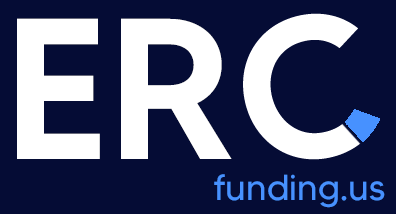
One of the most complicated areas of self directed IRAs is Unrelated Business Income Tax (UBIT). It is commonly called UBIT. In certain situations, an IRA can owe taxes. UBIT will apply to specific types of accounts: Traditional IRAs, Roth, Simple, SEP and Educational Savings Plans (ESA). UBIT will not apply to 401(k) plans. It is important to discuss with your tax advisor the consequence of UBIT and how it will affect you. Basically, tax is owed on the non-IRA portion of an investment; usually it applies to the financed portion of investment.Typically, an IRA will owe UBIT tax in one of three circumstances:
- When an IRA owns real estate that has financing attached
- When an IRA owns an LLC that is an operating company (unrelated trade or business)
- When an IRA receives rents on personal property
The first two examples are the most common. Many clients who purchase real estate finance a part of the purchase. This is a viable solution, but the IRA holder must be aware of two important facts. The IRA can borrow money, but it must be nonrecourse financing. This type of financing is characterized by the fact that the IRA is borrowing the money with the property as the only collateral. The IRA owner cannot personally guarantee the loan. With nonrecourse financing, the lender will usually require a larger down payment but because the property is the only collateral, the lender wants to be well secured. In the first example, UBIT is the tax that is due on the net income from the debt financed portion of the asset. It does not matter if the IRA owns the asset or the asset is held by an LLC that is held by your IRA. For example, if you have a property that has debt of 40%, 40% of the net income (assuming it is net rental income) is subject to UBIT. Second, UBIT will be due if you are running a business in your IRA. If your IRA owns stock in a C Corporation, the C Corp will pay its own tax and distribute a dividend to the shareholder (your IRA). If your IRA owns an LLC, someone must pay the tax, and this is where UBIT applies.
Claim up to $26,000 per W2 Employee
- Billions of dollars in funding available
- Funds are available to U.S. Businesses NOW
- This is not a loan. These tax credits do not need to be repaid
This is true for any type of operating business the IRA owns. This is where the fine line is drawn. If you a real estate investor buying and flipping foreclosures outside your IRA but now you decided to start conducting the same business with your IRA funds, this income will probably be subject to UBIT tax. This is one area where you need experienced tax help.
Under current law, IRA laws are in Section 408 of the Internal RevenueCode and Pension Plans are covered in section 401. The laws governing section 401 do not require that UBIT be paid and are generally more lenient. The additional work for a 401k could be a huge savings in UBIT.So how is UBIT calculated? Unrelated Business Income Tax is calculated few different ways. For rental property, there are actually two taxes – UBIT tax on net rental income and Unrelated Debt Financed Income based on the capital gain sale. UBIT is based on a percentage that is calculated on the average percentage of debt on the property for the last twelve months. So if the average debt (loan to cost ratio) is 50%, then 50% of the net rental income is subject to UBIT. Typically in an IRA, you cannot deduct interest or depreciation ; however, when calculating UBIT, 100% of the interest is deductible and the percentage of the depreciation is deductible. This can substantially lower the net income and reduce the tax due. The tax due for UBIT is reported on form 990-T and the rates are based on the current Trust Tax Rates . These rates do accelerate faster than corporate or individual rates. The return only needs to be filed in years there is tax due. The second tax I mentioned is Unrelated Debt Financed Income Tax. Basically this is capital gains tax on the profits from the sale of the real estate. This tax again is based on the current capital gain tax rate and filed on Form 990-T.

